Why You Should Use Translation for e-Learning
CLEAR WORDS
TRANSLATIONS
All News
May 3, 2018 |
Why You Should Use Translation for e-Learning
Translation for e-learning is an efficient way of spreading your knowledge among your international teams, no matter what languages they speak. When you translate your content for e-learning, you make sure your employees stay up to date on processes inside your company.
According to a study by the Middlesex University of London, 77 percent of workers want more opportunities to develop. Better yet, nine out of ten of them said that training, especially at work, was important to them.
E-learning is an efficient way of providing your employees with continuous training. It helps you to create engagement at work, improve employee retention rates, and increase productivity, among other benefits.
And if you’re an international company, providing effective e-learning solutions for all of them can be a challenge. You need to create relevant content for each audience, to make the most of each lesson you share with your employees.
You can also translate your current English content, to make it easy to follow for all your international teams. Here are five reasons you should choose translation for e-learning.
Give Access to the Same Content for All Your Employees
When you use translation for e-learning, you make sure all your employees get the same content, regardless of the language they speak. You can explain and implement the standard processes in all your locations, creating a strong global presence for your brand and building a cohesive international team.
On the other hand, if you don’t translate your courses, you have to rely on different versions of your content to train your employees. There’s also no guarantee you’ll keep the meaning intact. Furthermore, when every team receives a different protocol, you can’t uphold the same standards across all your international sites.
When you use English content only to train multiple audiences, you lose track of what international employees understand. You leave more room for misunderstandings and communication errors, and your workers learn and implement what they think you said instead of what you expected. You’ll end up paying more to fix mistakes and correct workflows.
Translation for e-learning allows you to create a single version of your content, in more languages so that all your employees receive the same instructions. This approach creates a unique mindset and builds one standard for everyone.
You Achieve Learning Goals Across All Audiences
Even if your international employees speak good English, they’re more likely to learn when they have access to information in local languages.
Studies have shown that children learn better in their mother tongues. The same is valid for adults. People learn faster when all words they read or hear sound familiar. When the content is available in their native language, employees don’t have to worry about words and expressions that they don’t understand.
When your staff can focus 100 percent on the content, instead of carrying out their own translation, you achieve your goals in less working hours. You also make sure everyone gets it things right on the first attempt.
You Increase Employee Satisfaction
By giving your staff the opportunity to access courses in their local languages, you show that you care about their culture. This way, your employees feel appreciated and are more satisfied with their jobs.
Happy employees are more efficient than unhappy ones. That’s a proven fact. Their productivity can increase by 20 percent, as a result of a better relationship between staff and management. Besides increasing productivity, you also improve employee engagement.
Employees that feel respected and encouraged to learn are less likely to search for new jobs with other companies.
You Overcome Cultural Differences
Translation for e-learning is efficient when you localize the content for each audience. Instead of performing a word-to-word translation that can create confusion, you should go beyond and adapt your courses to speak like the locals.
Localization means providing local examples to illustrate your content. This way, your staff can identify with what they’re reading, making things easier to understand. This method helps you explain notions more efficiently and facilitates learning.
Better yet, when you localize, your staff works with familiar terms and notions–you adapt currencies, units of measurement, life situations, and images.
If you use dollars to express prices, people outside the U.S. will have a hard time figuring out the real value of the products, but they’ll get there after a while. But, if you use the American system of measurements for international audiences, people won’t understand what you are talking about.
Localization allows you to overcome cultural barriers. You get to explain things using the words that your employees do on a daily basis. There’s a difference between the spoken language and what you find in the dictionaries. When you localize your translation for e-learning, you use the language your staff speaks and understands better.
Translation for e-Learning Is Cost Effective
Elearning is cheaper than traditional training in the classroom, as you give access to the same content to a high number of users. Plus, it provides every employee with the chance to learn according to their personal rhythm. This way, all your workers can achieve higher professional standards.
Translation for e-learning allows you to give the same opportunity to all your employees with lower costs. Furthermore, people learn faster and become more productive. You get to pay less learning hours, as your staff doesn’t have to go through the content several times just to make sure they got everything right.
Translation for e-learning allows you to cut down e-learning costs with every new training session. Better yet, you can save significant resources if you create a flexible course that is easy to translate and rewrite in many languages.
Thanks to the latest technology, you can create an interactive glossary and use a translation memory to store all your data for future translations. In time, translation costs are reduced, without having adverse effects on the quality of your content.
Translation for e-learning brings your employees together. As they learn and implement the same procedures across international sites, you build a solid team. You make sure that all your employees follow the same protocols, to keep a quality standard in all countries where you do business.
This way, you build a strong global presence for your company. Giving the same importance to all sites makes your employees feel appreciated and respected–which makes them loyal and efficient. In time, you increase productivity and get standard results from all your international teams.










